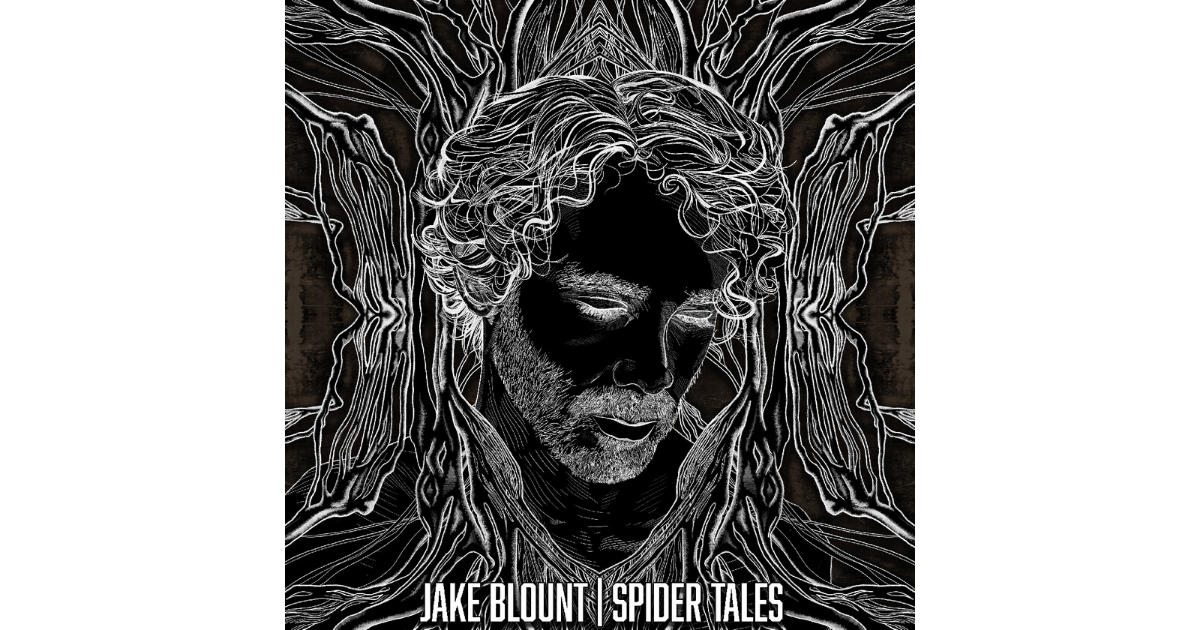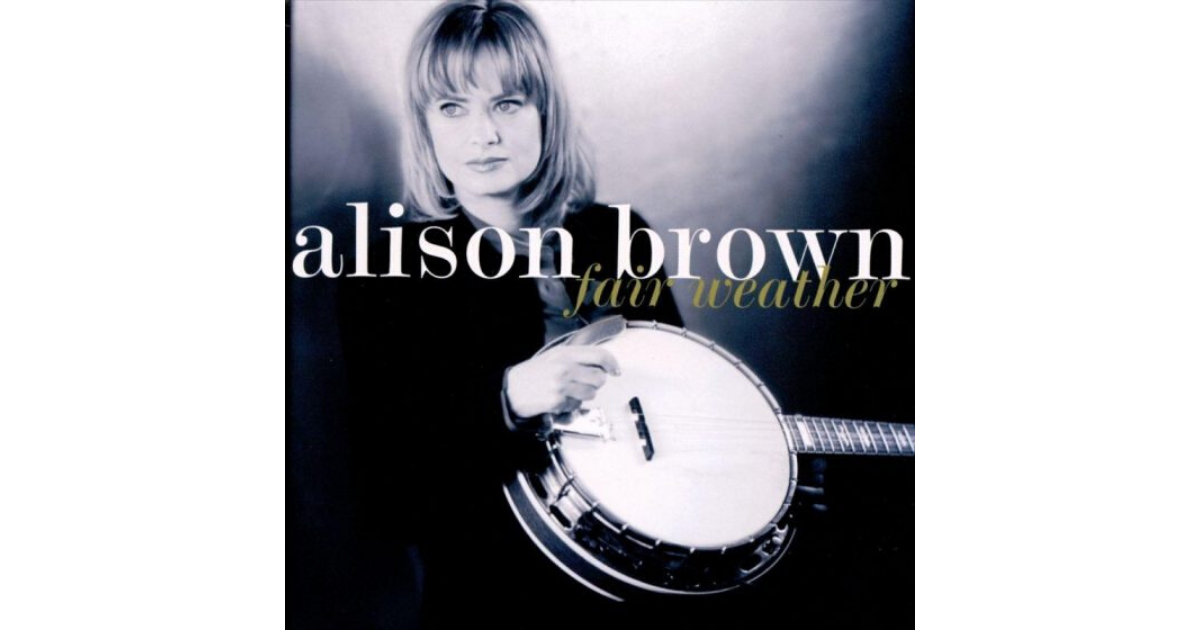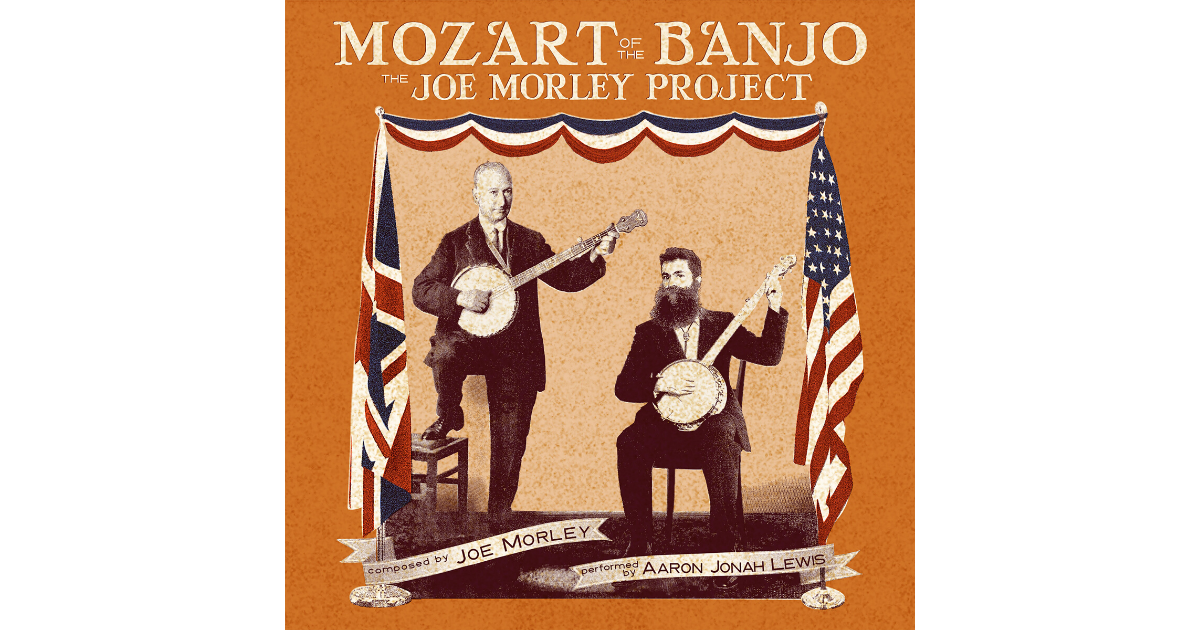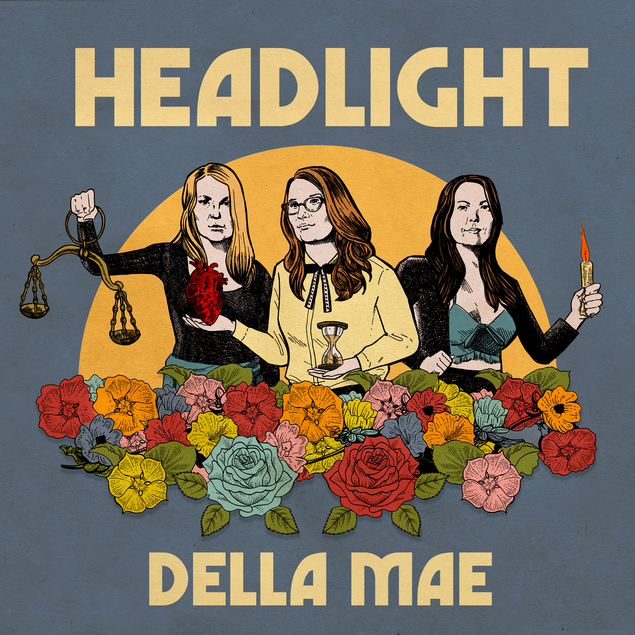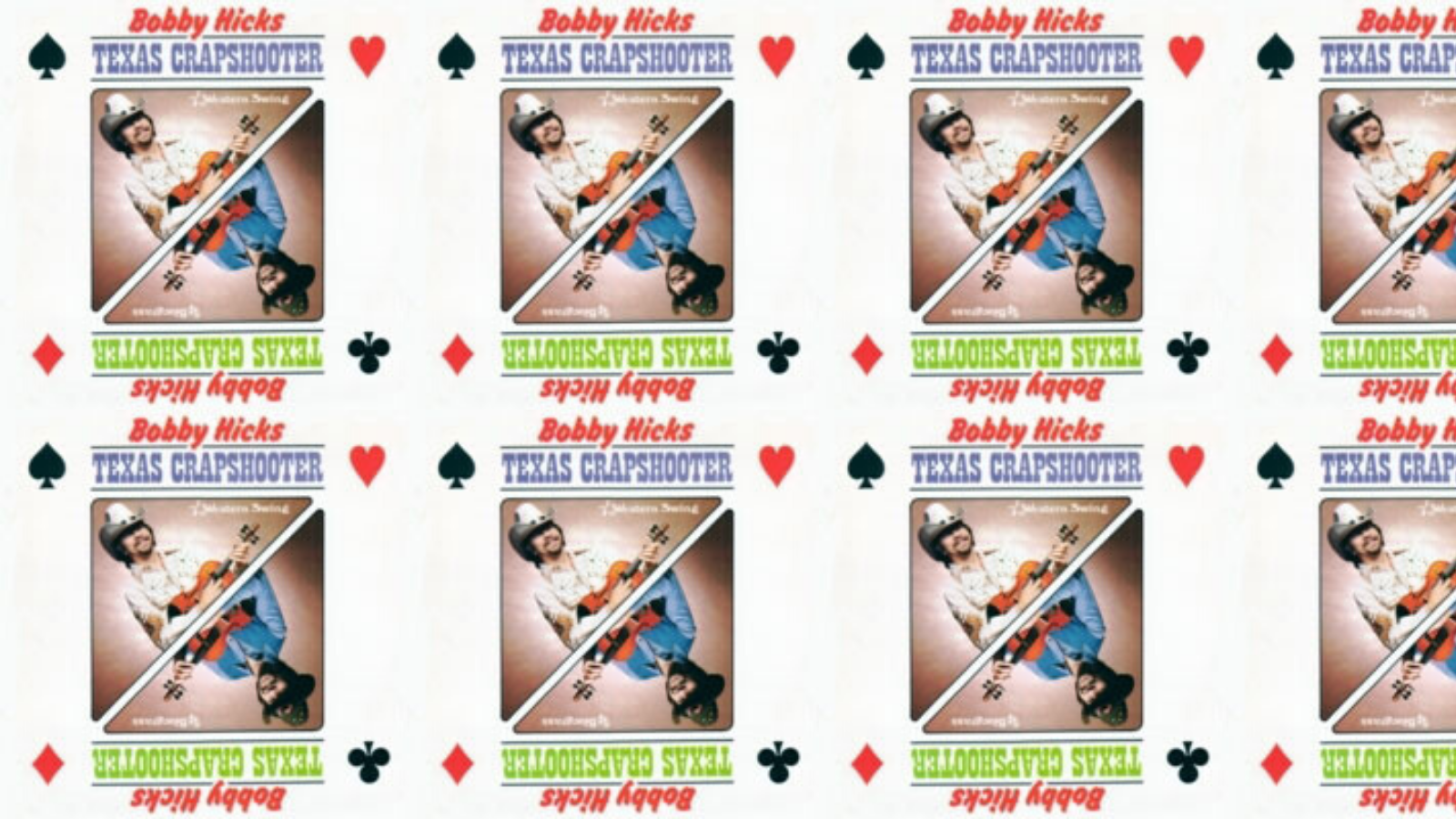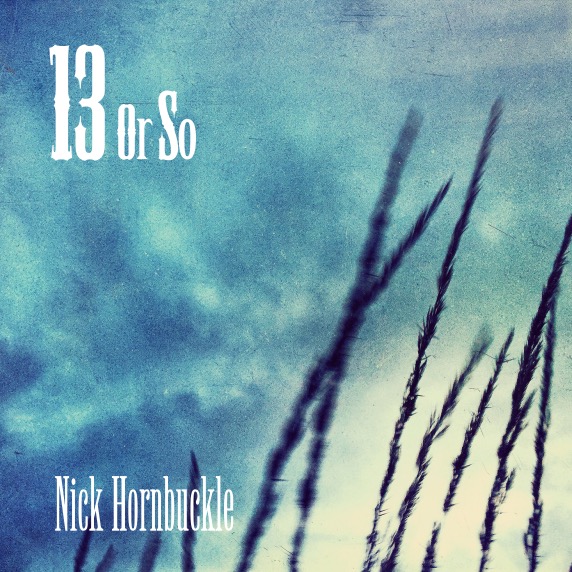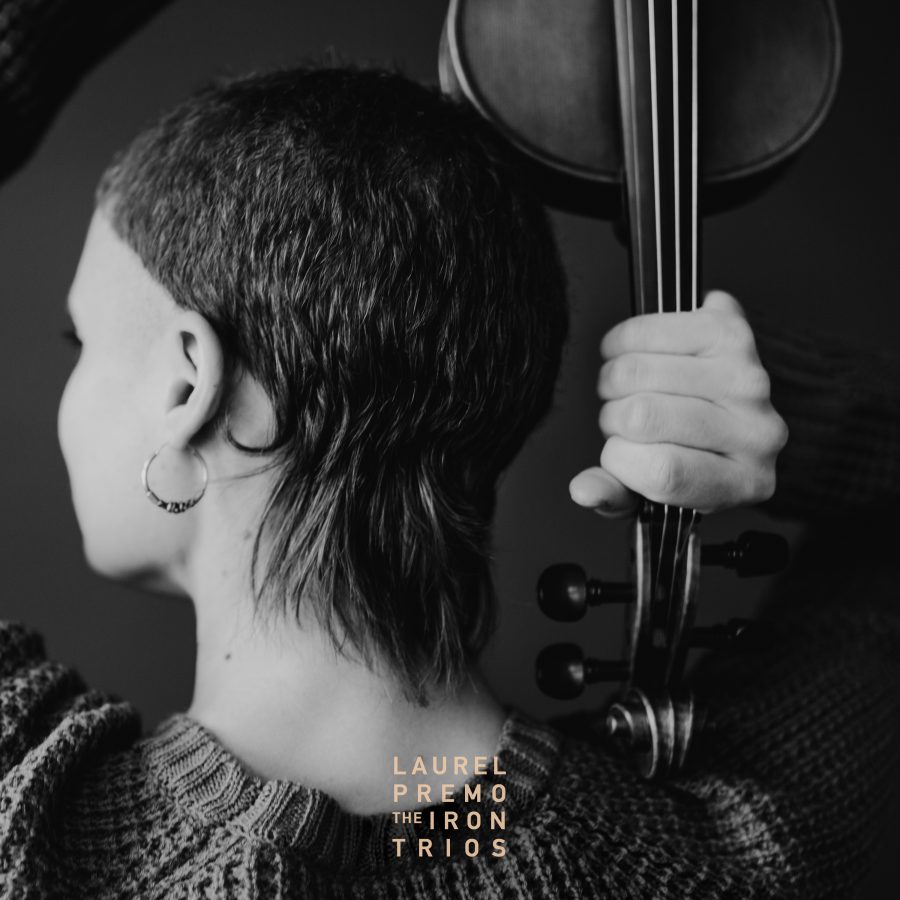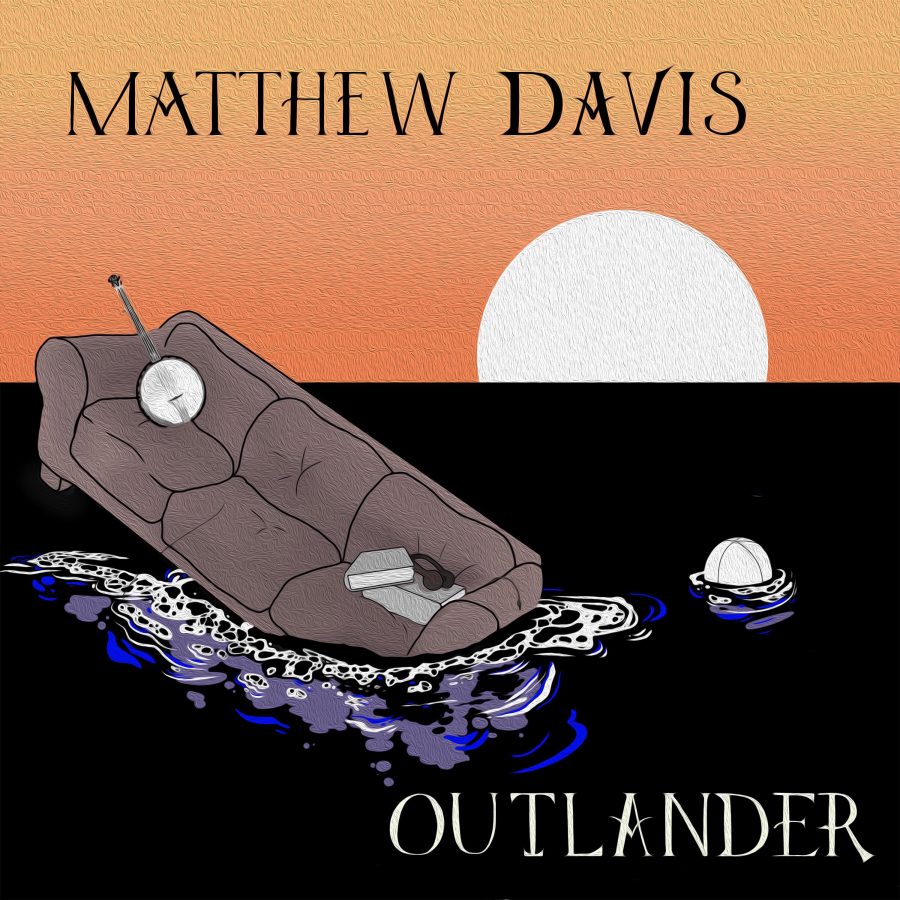The title of banjoist, fiddler, and ethnomusicologist Jake Blount’s upcoming album, Spider Tales, is a reference to Anansi the Spider, a folklore character of the Akan people of West Africa. Says Blount, “The Anansi were tales that celebrated unseating the oppressor, and finding ways to undermine those in power even if you’re not in a position to initiate a direct conflict.”
With such a deft, succinct mission, Blount takes a vibrant and dense, harlequin cultural tradition — which has lived on across the African diaspora, brought to the United States and colonies in this hemisphere by enslaved Africans — and applies it to a collection of old-time tunes in a way that’s intuitive and digestible. Without oversimplification or homogenization to achieve broader “appeal,” these songs and these instruments speak to much more important lessons and narratives than the average old-time record.
Take for instance “Goodbye, Honey, You Call That Gone.” A tastefully unadorned tune, performed by Blount on banjo and percussive dancer and scholar Nic Gareiss, it comes from Lucius Smith, a Black Mississippi banjoist recorded by Alan Lomax first in the ‘40s. “Smith played a steel-string banjo rather than a nylon-string one like mine,” Blount explains. “But tuned all the way down to the same pitch. The looseness of [his] strings causes the pitch of each note to waver as he plays it, imparting a ‘wandering’ quality to the melody.”
Wandering, a condition not uncommon among diasporic communities, or Appalachian musical traditions, or queer folks, or movers and dancers, is not only communicated here in the tune’s title, and its delightful, lazy half-tones and breaths of quarter-tones, but also in the syncopation, virtuosity and musicality of Gareiss’ feet playing off Blount’s clawhammer.
Above all of these, the epitome of Blount’s Spider Tales may be the intention with which Blount and Gareiss approach creating and music-making together, providing an indelible benchmark by which we can better learn to queer old-time and string band music while telling its true, unabridged history, and centering Black, Indigenous, and non-white stories — all with the same treepling toes and fretting fingers.
Editor’s Note: Blount and Gareiss will be featured in the Bluegrass Situation Presents: A St. Patrick’s Day Festival at New York’s New Irish Arts Center, participating in an opening night jam session with clawhammer banjoist Allison de Groot and fiddler Tatiana Hargreaves on March 17 as well as a headlining performance on March 18.
